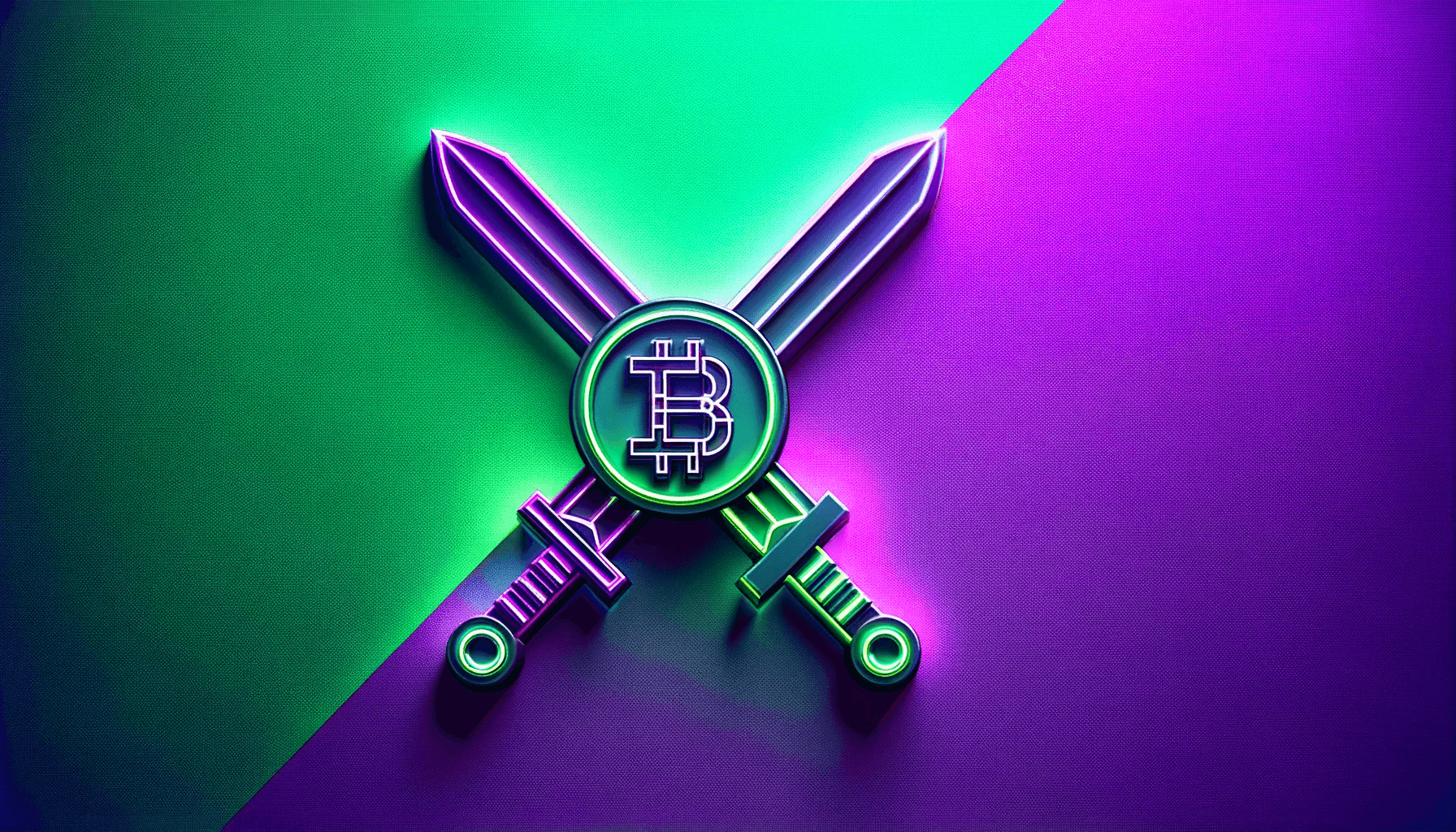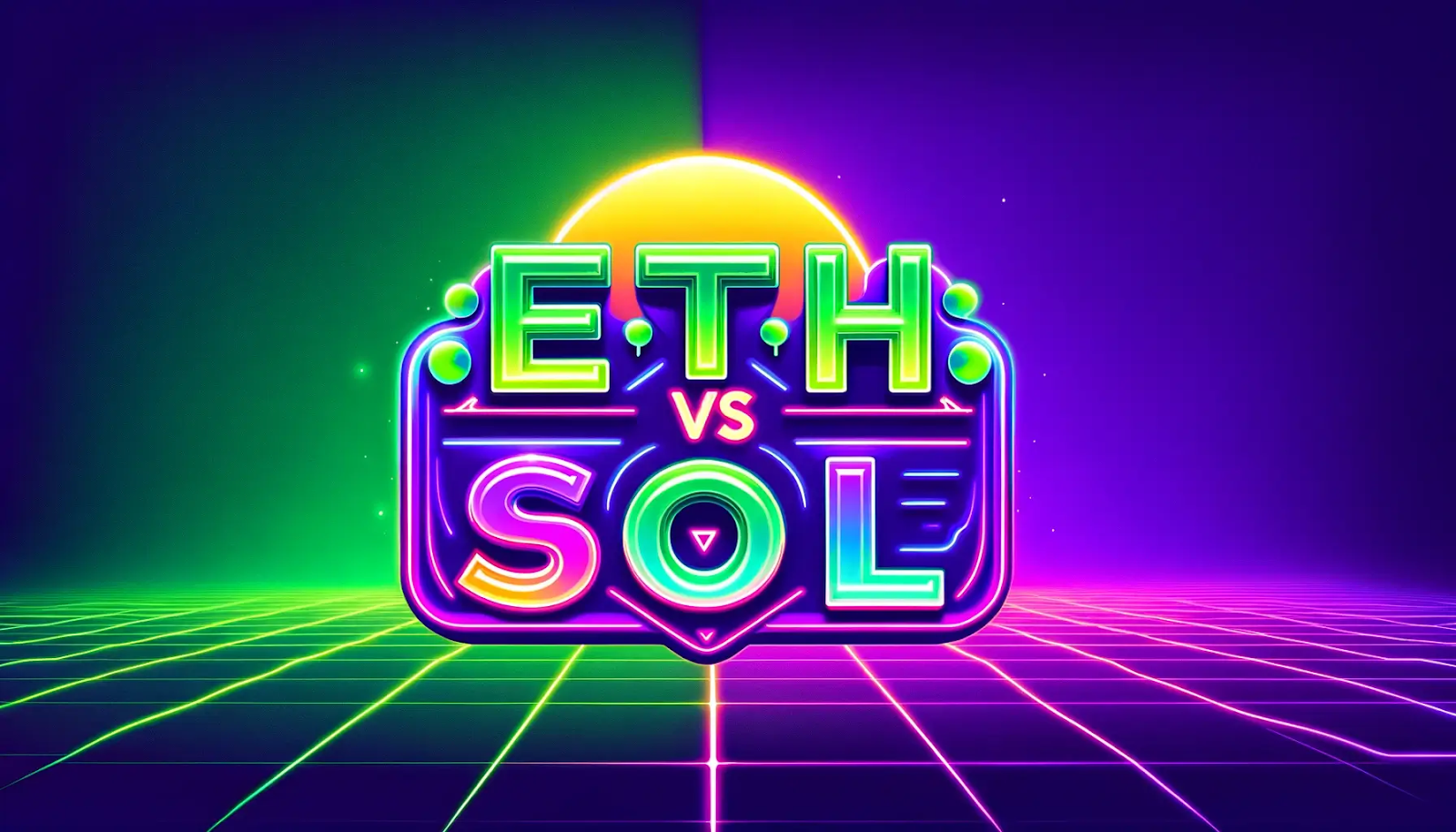
What is a wrapped token? Wrapped tokens are digital representations of an asset from one blockchain, that have been wrapped to the value of that asset onto another blockchain, a 1:1 copy backed by the underlying asset.
Wrapped tokens are seen as a solution to the problem of blockchain interoperability. The original asset is wrapped into a digital vault, and a newly minted token is created to transact on other platforms.
Wrapped Tokens allow non-native assets to be used on any blockchain creating interoperability for cryptocurrencies.
What is a wrapped token?
Wrapped tokens offer numerous advantages for facilitating the transfer and trading of assets that were previously difficult to trade.
Take gold for example, it's a valuable asset but it is difficult to transfer and trade without the use of intermediaries, by wrapping gold into a digital asset it becomes easier to transfer and trade in a decentralised manner.
Wrapped tokens are minted by a user or entity on a blockchain, they hold the underlying asset on the source blockchain and issue an equivalent amount of wrapped tokens on the other blockchain.
Tokens on the original blockchain are locked ensuring transparency and security, providing a foundation for issuing the wrapped tokens.
After the tokens are locked the wrapped tokens can be minted on the other blockchain.
The wrapped tokens on the new blockchain can be freely distributed between users, making use of all the DeFi applications and blockchain benefits it has to offer.
Redeeming the wrapped tokens back to the underlying asset involves releasing the locked assets in exchange for the wrapped tokens, ensuring a 1:1 value equivalence.
Without smart contracts wrapped tokens would not be possible, the smart contract specifies the rules and standards for the wrapped token, including how it can be created, transferred and destroyed.
Examples of Wrapped Tokens
Wrapped Bitcoin or WBTC is an example of a wrapped token.
Launched in 2019 it is an ERC-20 token on the Ethereum blockchain that is fully backed by Bitcoin at a 1:1 ratio, the main blockchain token amount is the same on the other blockchain.
The intention was to bring Bitcoin potential and liquidity to Ethereum, along with the flexibility that ERC-20 tokens offer.
Wrapped Bitcoins allow Bitcoin to be used for DeFi transactions, which is a significant addition to the cryptocurrency world, further increasing possibilities within DeFi.
It is created by locking Bitcoin on the Bitcoin blockchain and issuing the equivalent amount of WBTC on the Ethereum blockchain, increasing interoperability and expanding the utility of the asset.
Wrapped Ethereum or WETH offers a unique twist on wrapped tokens, rather than representing an external asset, WETH tokenizes Ethereum, converting the native ETH into an ERC-20 token format, known as WETH.
This conversion helps to make Ethereum more versatile and compatible with a broad range of DeFi platforms and dApps, such as lending, borrowing and providing liquidity.
Wrapped Gold or wGOLD shows the potential for wrapping a physical asset, gold, into a digital one. Each unit of wGOLD corresponds to a specific quantity of physical gold stored in a reserve. This allows users to invest in fractional ownership of precious metals and opens up new opportunities for asset tokenization, as well as making it more accessible to users worldwide.
Wrapped Token Applications
Wrapped tokens increase accessibility and allow for the representation of an asset that may not have been possible or practical before. Increasing investment opportunities as a result. Offering a level of stability and security as the value is tied to the value of the underlying asset.
One of the main applications of wrapped tokens is cross-chain compatibility, allowing assets from one blockchain to be utilised on another.
WBTC is an Ethereum-based token that represents Bitcoin on the Ethereum network, enabling Bitcoin holders to have access to Ethereum-based DeFi applications.
Wrapped tokens can be leveraged on several DeFi applications, such as lending, borrowing, and yield farming, wrapped tokens can be supplied as collateral or staked in DeFi protocols, earning interest and rewards.
Pros and Cons Of Wrapped Tokens
Pros
-
Greater interoperability by allowing assets to flow seamlessly across different blockchain networks.
-
Wrapped tokens offer greater utility with access to different DeFi platforms and applications.
-
Liquidity is increased by making it easier to trade and utilise assets on different blockchains.
Cons
-
There is a risk the custodian of the underlying asset may not act in the best interest of the network, maintaining the pegged value of the tokens.
-
In the event of mismanagement of the asset or any other issues with the smart contracts or blockchains, users may face difficulties in redeeming their wrapped tokens for the underlying asset.
-
The process of minting a wrapped token can incur fees which add further costs to the user.
Final Thoughts
Wrapped tokens are an integral part of the blockchain ecosystem, they open up many different use cases for the underlying asset that might not previously have been possible.
The tokenization of real-world assets like gold through wrapped tokens opens up new ways of fractional ownership and global accessibility.
In a world where assets are becoming increasingly digital, wrapped tokens serve as a bridge to other blockchains.
Seeing how wrapped tokens influence and shape the future of the cryptocurrency industry will be interesting, make sure to keep an eye out on new developments.
Want More Cutting-Edge Crypto News?
Follow Us: X TikTok Instagram Telegram LinkedIn
Sign up to our newsletter at the bottom of the page
Check Out Our Top 10 Crypto Currencies of 2023
This article is intended for educational purposes and is not financial advice.

















